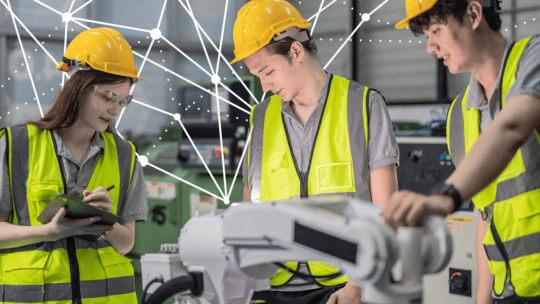
As greater demand creates pressure to produce products quickly, Flex’s Hooi Tan explains how advanced manufacturing technology helps shorten time to market.

Transforming an idea into a product that helps improve the world is complicated. Doing it at scale? Even harder. From ideation to prototyping, engineering, assembly, reverse logistics, and everything in between, mass manufacturing is complex.
However, the complexity doesn’t keep demand at bay. According to the most recent United States Census Bureau data, new orders for manufactured goods through July 2021 increased again, spiking fourteen of the prior fifteen months and accounting for nearly half a trillion dollars. Similar trends span the globe, with consumer spending and interest in durable goods increasing in many countries, especially with the holidays fast approaching. It’s not just consumer demand, though. The past 18 months showed how quickly health systems could request highly regulated medical devices like ventilators and oxygenizers.
To keep up with the increasing demand, manufacturers are working harder than ever, accelerating time to market with quicker ramps, less waste, and greater efficiency. And this task becomes even more challenging for certain product categories.
While the product lifecycle for consumer goods is already short, they rapidly change year to year and sometimes even month to month. While highly regulated industries, such as medical and automotive, move slower, they are also in high demand. To address these challenges, organizations need to invest in advanced manufacturing technologies that help create smart, efficient, and sustainable factories.
As someone who manages operations for one of the world’s largest manufacturers and oversees more than 150,000 team members who help produce approximately 50,000–60,000 different products across more than 100 sites, I can attest that advanced manufacturing technology has helped us drive greater efficiency and sustainability while lowering costs during every step of the product journey. Not only do these innovations help us meet growing demand, they enable us to make data-driven decisions, improve safety on the factory floor, and reduce repetitive manual work.




